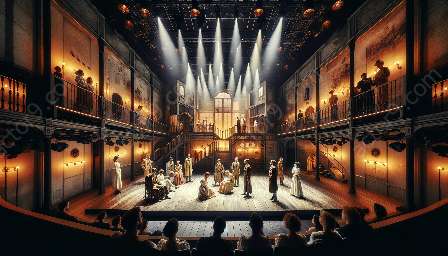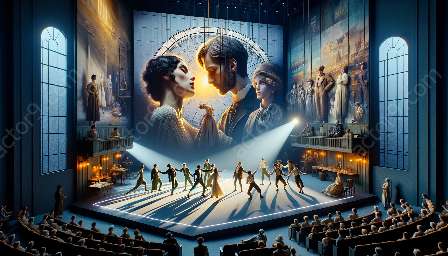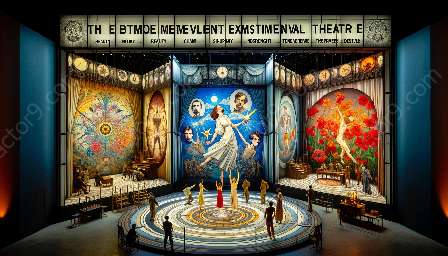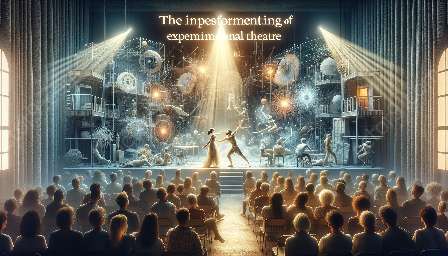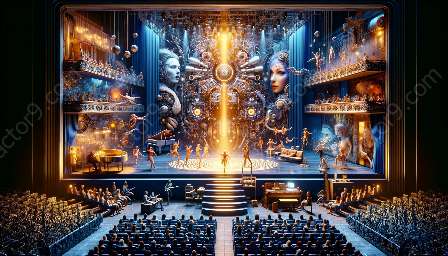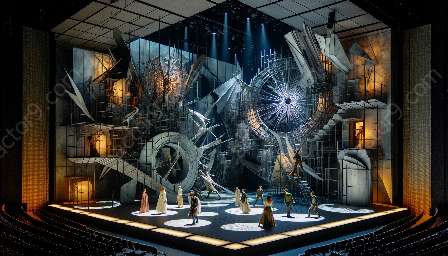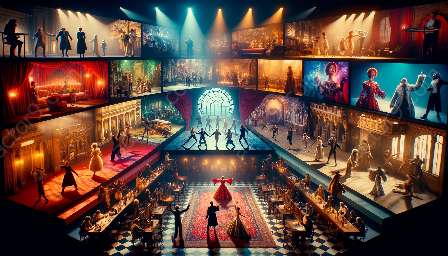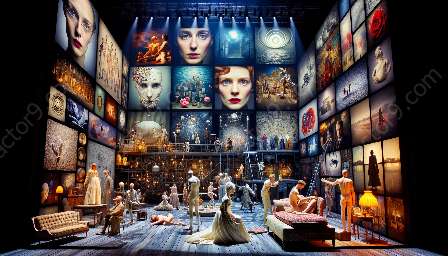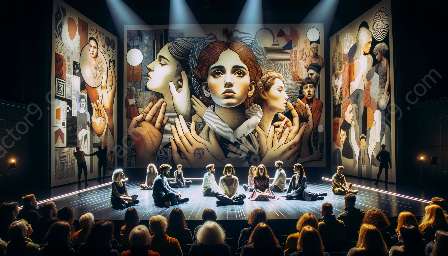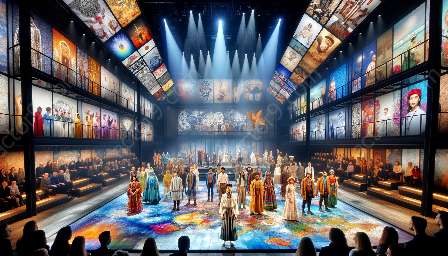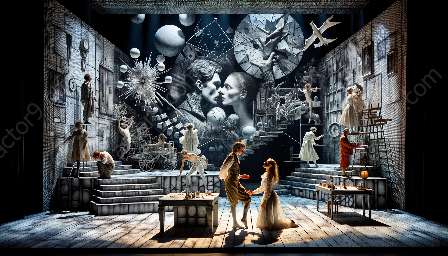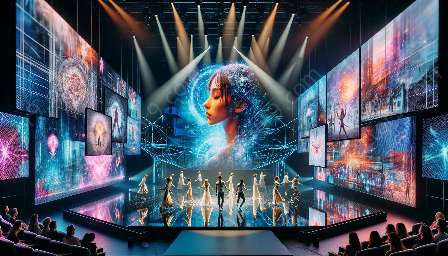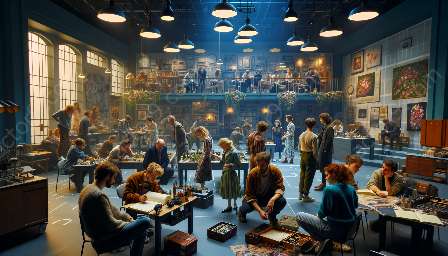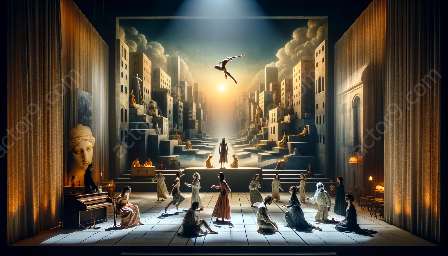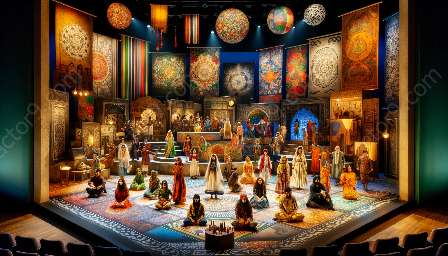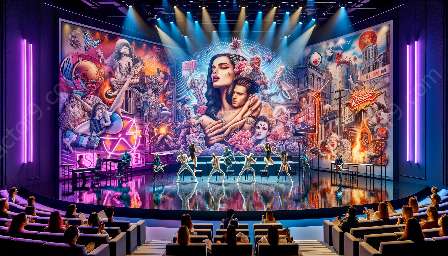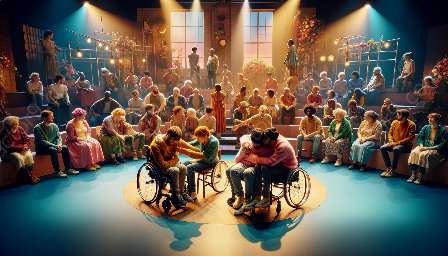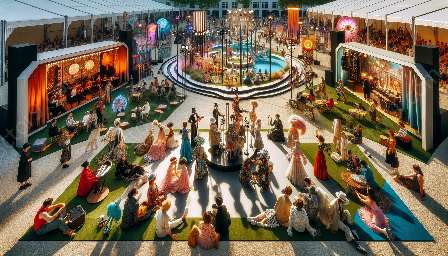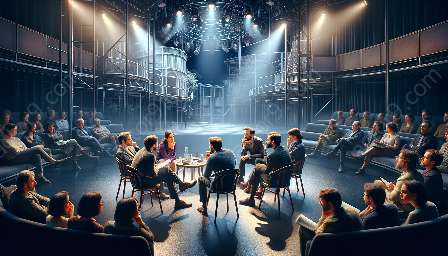Experimental theatre is a dynamic and multifaceted art form that continually pushes artistic boundaries and challenges traditional performance conventions. One of the intriguing aspects of experimental theatre is its incorporation of elements of dance and movement, which adds depth and complexity to the artistic expression. This topic cluster will delve into the ways in which experimental theatre intertwines with dance and movement, exploring the themes in experimental theatre and the significance of these elements in shaping contemporary performance art.
Exploring the Intersection of Dance and Movement in Experimental Theatre
When examining the relationship between experimental theatre and dance, it becomes evident that these art forms share a symbiotic connection. Experimental theatre often blurs the lines between different artistic disciplines, including dance, movement, music, and visual arts, to create immersive and thought-provoking performances. The incorporation of dance and movement in experimental theatre offers a unique mode of storytelling, allowing performers to communicate narratives and emotions through physical expression, rhythm, and spatial dynamics.
Fluidity and Innovation in Performance Art
One of the defining characteristics of experimental theatre is its emphasis on fluidity and innovation. The integration of dance and movement into experimental theatre enables performers to explore new modes of expression and expand the boundaries of traditional theatrical storytelling. By incorporating dance, experimental theatre transcends verbal communication and engages the audience on a visceral level, creating a sensory experience that is both captivating and immersive.
Themes in Experimental Theatre
Themes in experimental theatre often revolve around unconventional narratives, social commentary, and abstract concepts. The incorporation of dance and movement amplifies these themes, offering a physical embodiment of the ideas and emotions being explored on stage. Movement becomes a language of its own, allowing performers to convey complex ideas and evoke powerful responses from the audience through physicality and choreography.
Physicality and Emotional Resonance
In experimental theatre, the use of dance and movement enhances the portrayal of emotional resonance and psychological depth. Through physical performances, actors and dancers can embody the inner struggles, conflicts, and desires of the characters, transcending traditional dialogue-based storytelling. The fusion of dance and movement with theatrical experimentation creates a rich tapestry of physicality and emotion, inviting the audience to contemplate and interpret the performance in a deeply personal way.
Shaping Contemporary Performance Art
As experimental theatre continues to evolve, the integration of dance and movement has played a pivotal role in shaping contemporary performance art. The interdisciplinary nature of experimental theatre allows for collaborations between choreographers, directors, and playwrights, leading to the creation of groundbreaking productions that challenge conventions and inspire new forms of expression. The fusion of dance and movement with experimental theatre has influenced the aesthetics, techniques, and thematic explorations of contemporary performance art, contributing to the ongoing evolution of the theatrical landscape.

